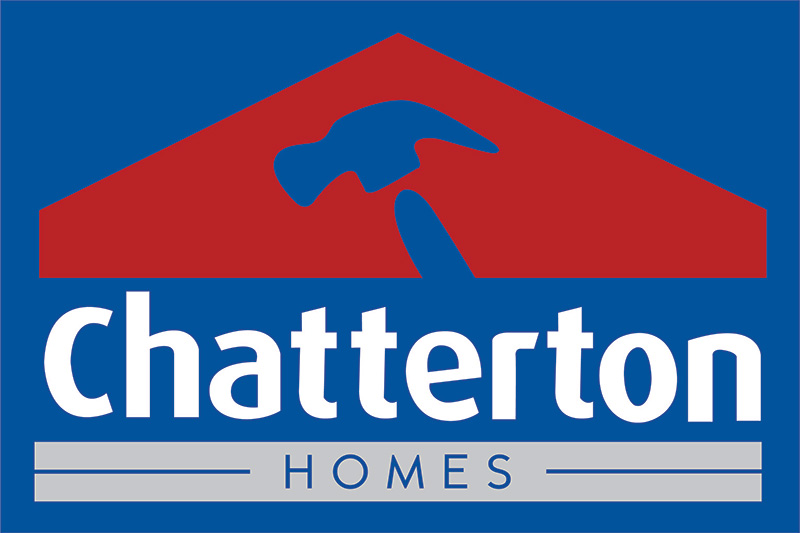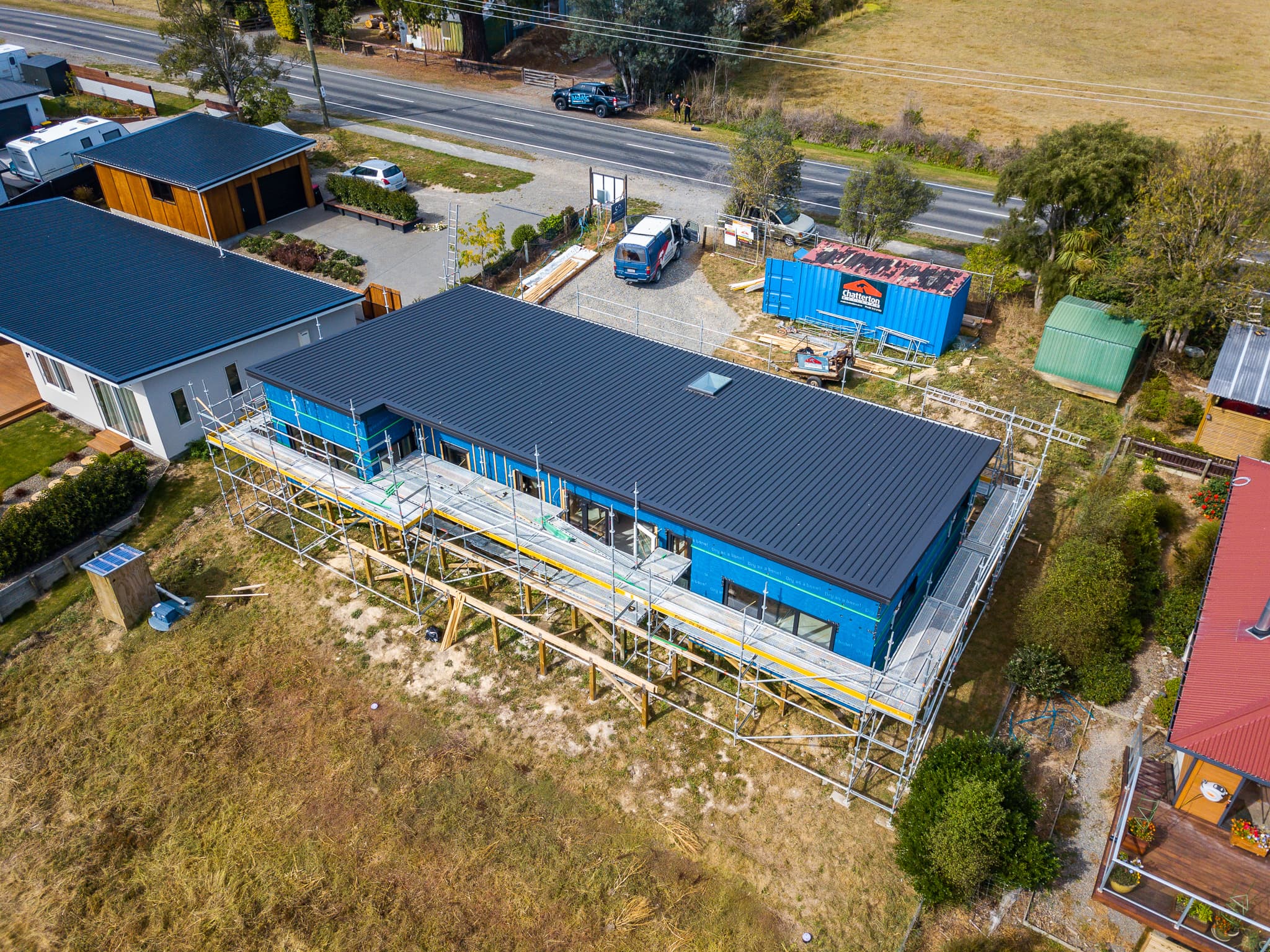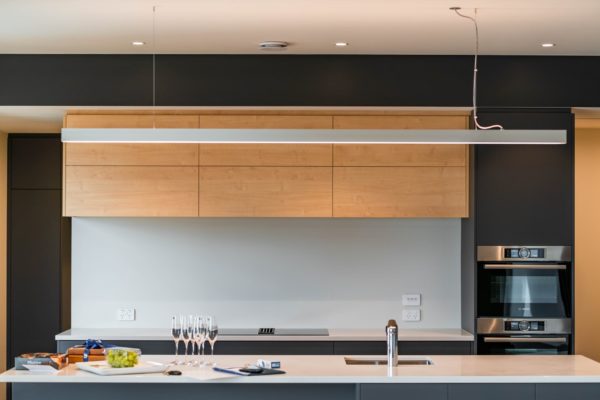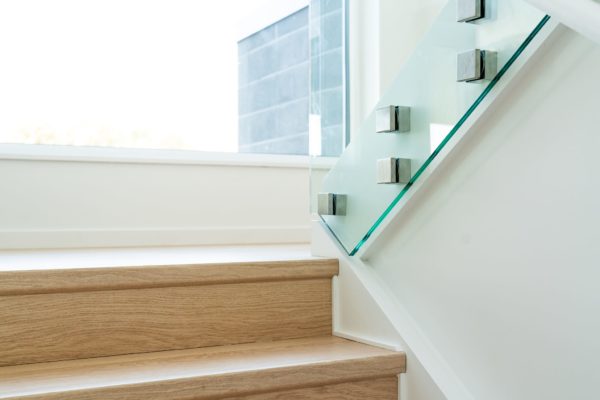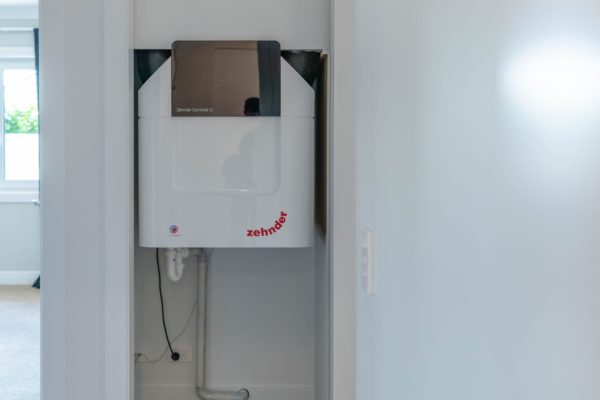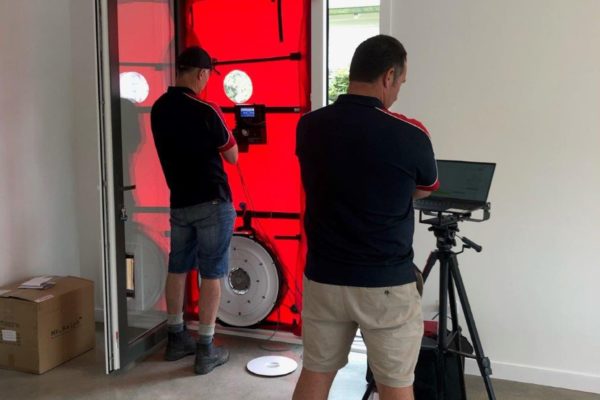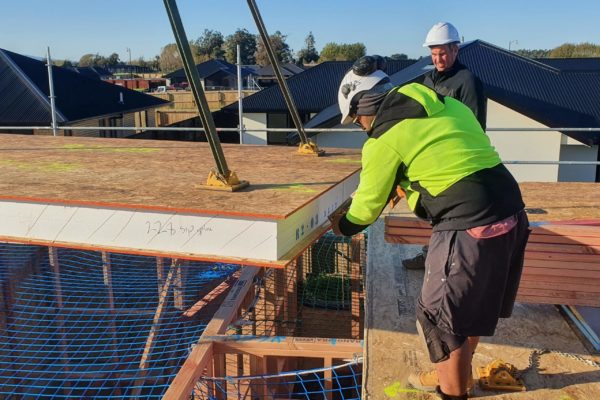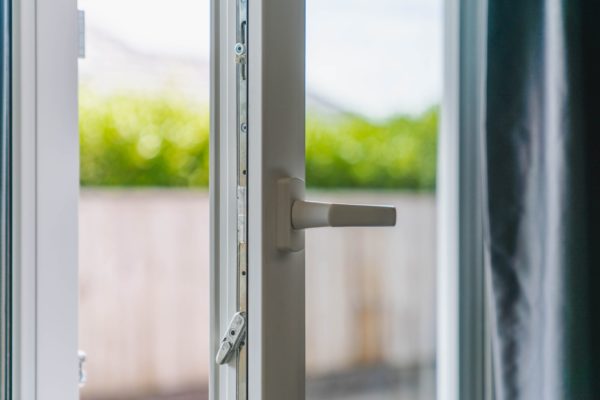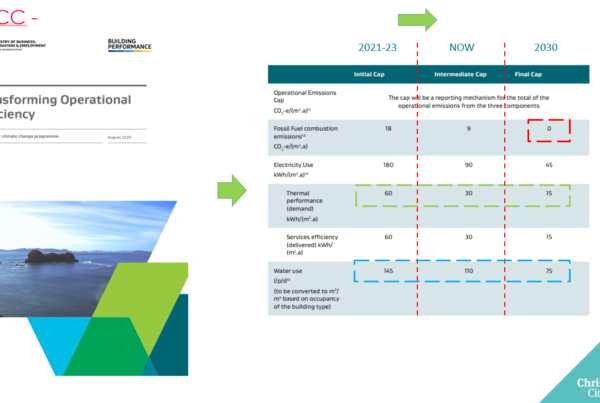Increased insulation requirements are a major outcome of the most recent review of the minimum building code. This is the start of a significant move towards ensuring healthy and energy efficient homes for New Zealanders, with other amendments on the horizon.
However, an important factor that should not be overlooked is that this current amendment narrows the gap between the cost of achieving a home built to high performance principles and a minimum code-built home, meaning the benefits of going high performance can be achieved with a much lower jump in costs.
Reviews of the Building Code
All building work, even if it doesn’t need a building consent, must meet the requirements of the Building Code.
This code sets out the minimum performance standards building work must meet. You can exceed these standards, but you cannot do less. The code is regularly reviewed and subsequently amended where appropriate.
In terms of energy efficiency, public consultation on these building code updates found that over 98% of responses supported increases over the status quo in the shortest time possible.
Whilst these initiatives, specifically the Energy Efficiency Provisions, contribute to tackling climate related issues, the benefits to homeowners will be more directly felt through reducing energy use and costs, plus healthier homes through the improvement of New Zealand’s poor housing stock.
What does the Energy Efficient Provision want to achieve?
The objective of the ‘Energy Efficiency provision’ (Clause H1) is to facilitate efficient use of energy.
Under this provision buildings must be constructed to achieve an adequate degree of energy efficiency when that energy is used for modifying temperature or humidity, providing ventilation, or providing hot water.
The building envelope which encloses spaces where the temperature or humidity (or both) are modified must be constructed to provide adequate thermal resistance and limit uncontrollable airflow. In other words, how well the inside of your home retains heat and how well your home seals to aid heat retention.
Account must also be taken of physical conditions likely to affect the energy performance of buildings, including the thermal mass of building elements, building orientation and shape, the air tightness of the building envelope, heat gains from services, processes, occupants and solar radiation and the local climate.
Better late than never
Arguably, the provision objectives have taken a leaf out of passive house, and its proven methodology. Whilst a lot less prescriptive, the new provisions require consideration of thermal resistance and limits on uncontrollable airflow.
Whilst the provisions refer to different factors required for energy efficiency, the main outcome of the current amendment is heightened insulation requirements. More specifically, different building elements have insulation level requirements which are specific to six newly prescribed climate zones, with higher insulation levels required for colder climates.
Insulation alone, whilst a great start, is not as effective as a holistic approach incorporating air tightness. In fact, research shows that without air tightness the R-value of an insulation layer is compromised, and moisture diffusion remains a risk. Check out our blog on this topic.
This current amendment, under these provisions, is a good move towards better homes, but to reliably meet the objectives of the Energy Efficient Provision, it is expected that future amendments will, over time, be incorporated into the minimum code to address those other factors, such as uncontrolled air movement and appropriate ventilation.
Our own building principles at Chatterton Builders have addressed these core principles for the last 12 years, albeit to the highest performance level your budget allows, and Passivhaus has been around for well over 30 years worldwide. For us this means addressing insulation, air tightness, high performance windows, mechanical heat recovery ventilation and thermal bridge management.
Narrowing of the gap has to be a good for our health and lower energy demands
A significant consideration now is that the cost difference has already narrowed between what is now required under the minimum building code and one incorporating high performance or passive principles. In some cases, the price difference has halved.
This means to produce a truly energy efficient home, where air flow, temperature and humidity are all controlled, it is not the leap in costs it once was.
